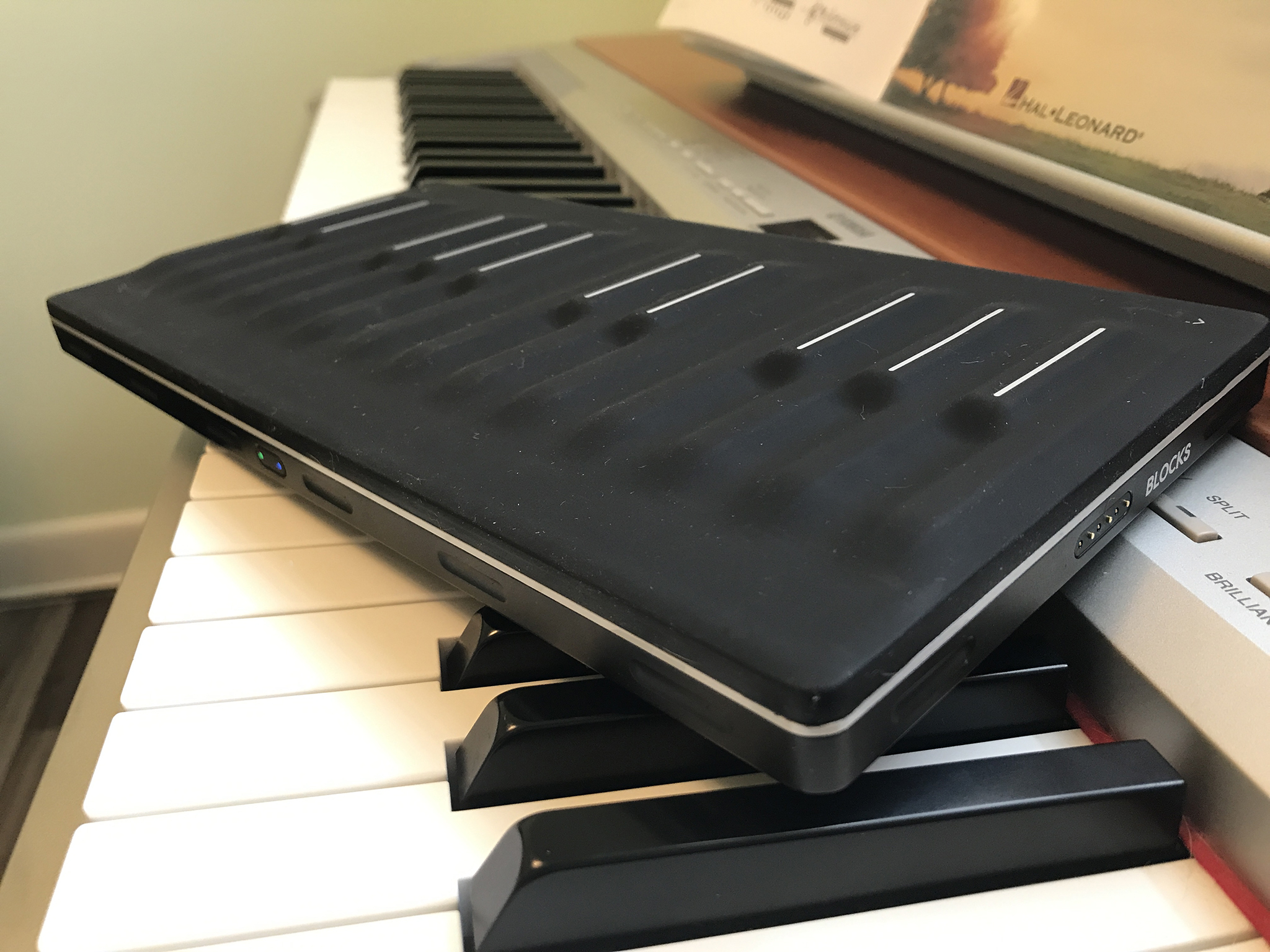I adore music. That's a broad, general statement, and it's not like it's never been said before, but might as well get it out of the way. On top of that, I adore real music. I have no time for DJs who stand behind laptops and cabinets of other electronic equipment (while you're at it, get off my lawn). I've always appreciated and idolized bands that put their full body into their work, so when I was asked to review the ROLI Seaboard Block, I was intrigued and conflicted. It's an electronic instrument that blends the need to actually play piano with 100% electronic sounds. Now I'm no pianist (snigger), but I do dabble, and I love anything I can use to make some tunes, so I dove in.
Here's the ROLI Seaboard Block.
Squishy!
First things first, let's talk about the design. When you watch the above video, you might (like I did) think that this is a rubberized device that's relatively rigid to the touch. NAWP. This thing is squishy. It's very smooth and soft, but those slides you see in the video take a bit of skill to achieve, since the material ripples under your fingers a bit when you press hard enough. But that spongy texture helps you achieve other neat effects. You can wiggle your finger on a "key" to produce a sort of "bend" effect like bending strings on a guitar; you can slide up a key to make the note swell or create another effect, depending on the instrument you're using; and you can slide up and down in either relative or absolute mode, allowing for cool sweeps and other neat effects.
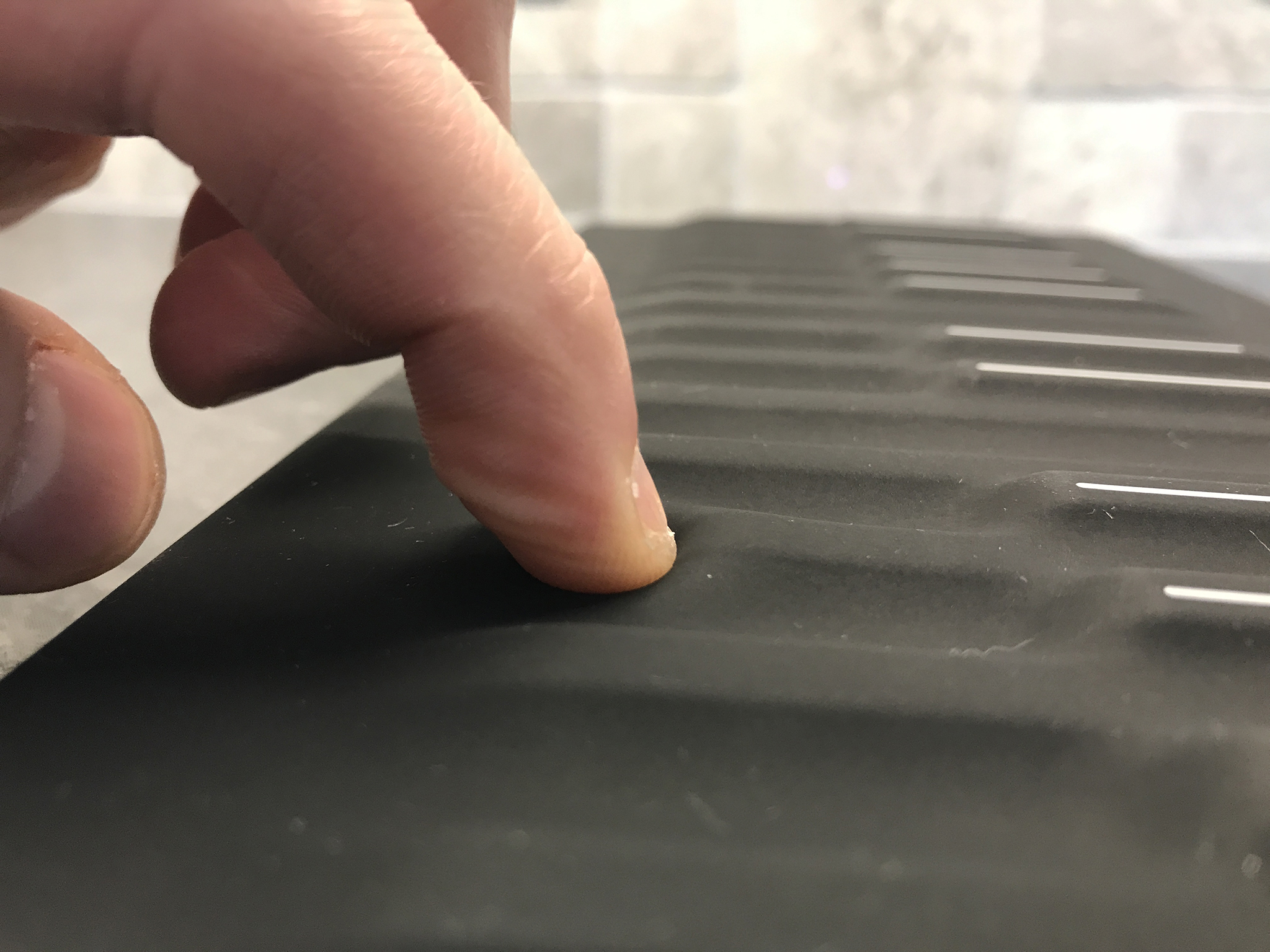
The Seaboard Block is wonderfully compact and portable.
If you want to talk about the ultimate portable instrument (unless you're one of those people who considers their voice an instrument — in which case, rest your instrument), the Seaboard Block is just that. It's 11 inches long, 5.5 inches wide, and 0.75 inches thick. You do, of course, need a computer to run the Equator app, but on its own, the Seaboard Block is wonderfully compact.
It's sleek-looking, with unassuming power and sync buttons, a USB-C port (aw yuss), and neat smart connectors on either side, which let you connect it to more Seaboard Blocks (which you can do in a number of cool and functional patterns). The arrows on the top left and right of the Block let you go up and down octaves as you please, albeit blindly.
It does take quite a bit of getting used to, especially to get your pressure right, but there is nothing glaring in an "I wish this was this way" kinda way.
Oh, and do note (as you've likely gleaned from my photos) that this thing picks up dust like nobody's business. That soft texture is a pet hair magnet and it's nigh-impossible to wipe it clean (believe me — I tried).
A world of sounds: Software
The fact that you can use your iPhone and a Block to play a full live performance is astounding.
The main app you can use to turn your Seaboard Block into the ultimate synthesizer and MIDI controller is ROLI's Equator, which gives you tons of sounds and digital instruments to choose from and complete control of what each one sounds like using oscillators, filters, and more. You can even customize the way you interact with your Seaboard Block, designating and tweaking actions like sliding and pressing. If you're going full Dewey Cox at the end of "Walk Hard" and looking for the sound, you'll be able to play around in Equator to your heart's content.
The only catch is that the app is $179. You already have to spend $300 for the Seaboard Block and then have to drop another bunch of money to make it work as intended. There is a free version of Equator, which is what I've been using, but you're limited in what you can control and which instruments you get to use (no drums!).
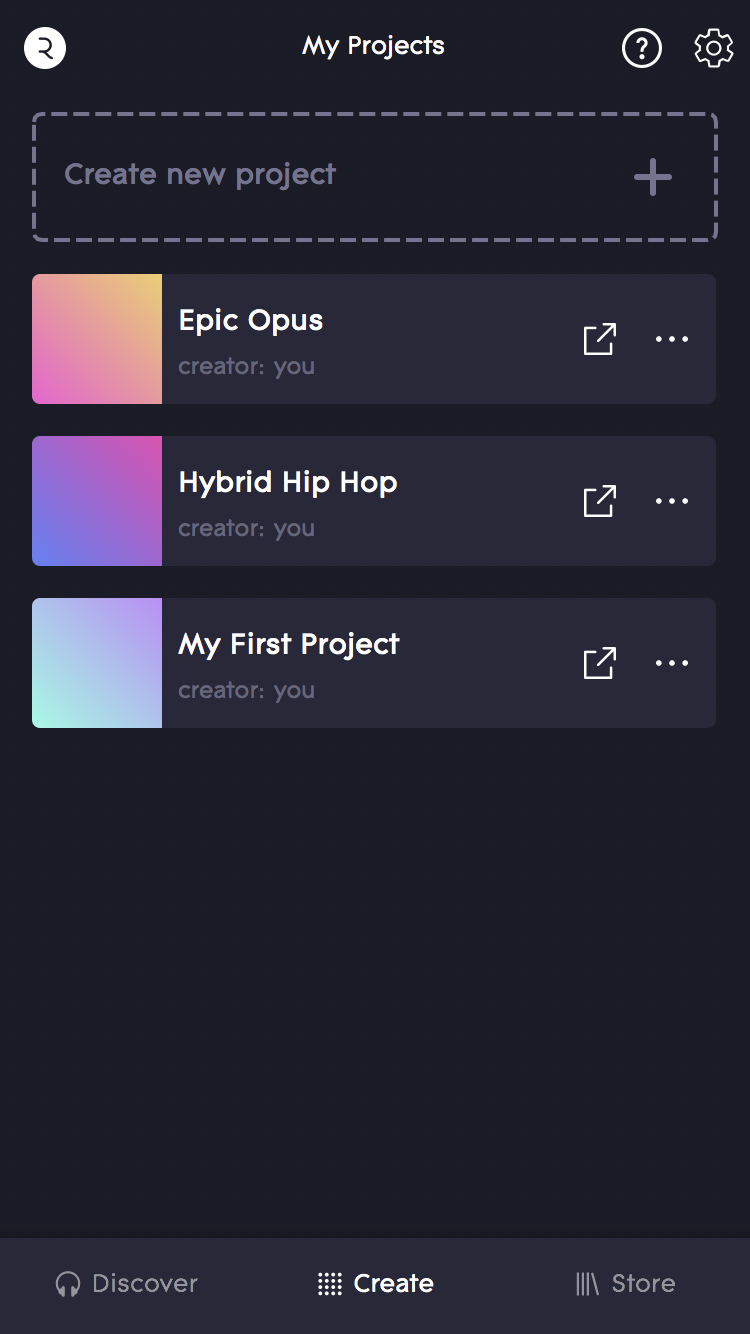
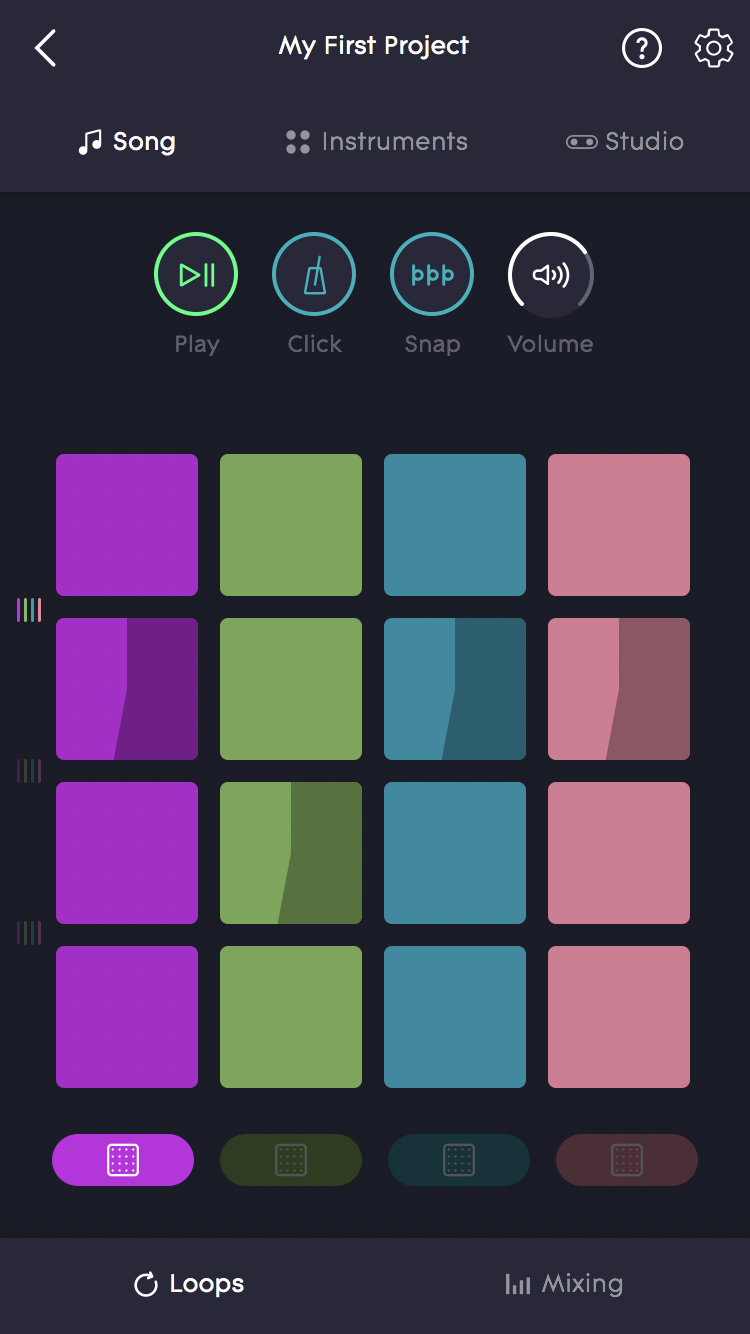
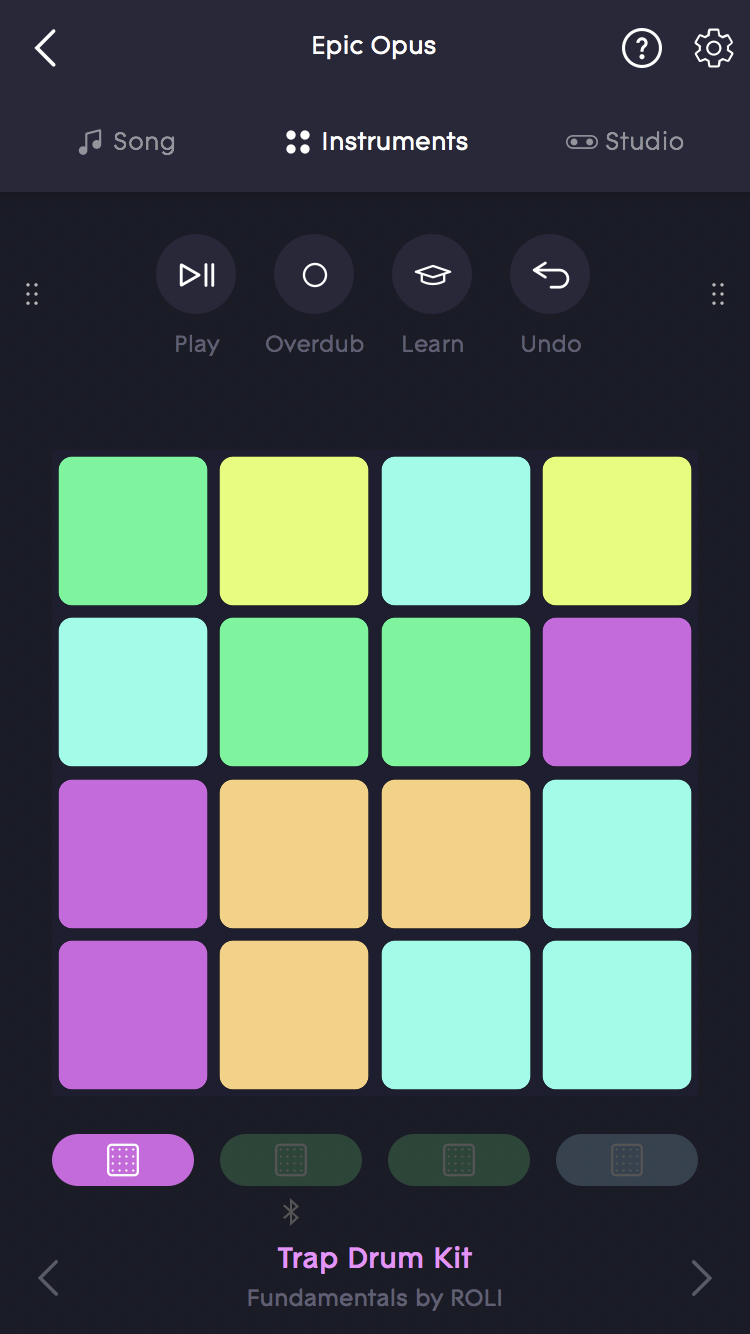
That being said, there are a few other apps you can use off the bat, especially if you're more of a beginner and don't care to play with how your synth sounds. There's the NOISE app, which is available for iOS and Google Pixel and lets you play around with over 400 sounds. There's even a "learn mode", which helps you learn the musical gestures necessary to master the Seaboard Block. The Block pairs wirelessly with your Phone or Mac via Bluetooth, which is super handy when you wanna sit down on the couch and create some melodic magic. The tap instruments work really well, and the same gestures you'd use on your Block work on your phone or tablet. Your touch is shown with a light on the screen, and (at least in the iPhone app) multi-touch works exceptionally well if you want to hit a few notes or instruments at once.
The fact that you can use just your iPhone and a Block to play a full live performance is astounding, and you'll be pleasantly surprised at just how quickly the NOISE app responds. You can even use the app on its own if you're out and about and come up with an idea that you need to record for later.
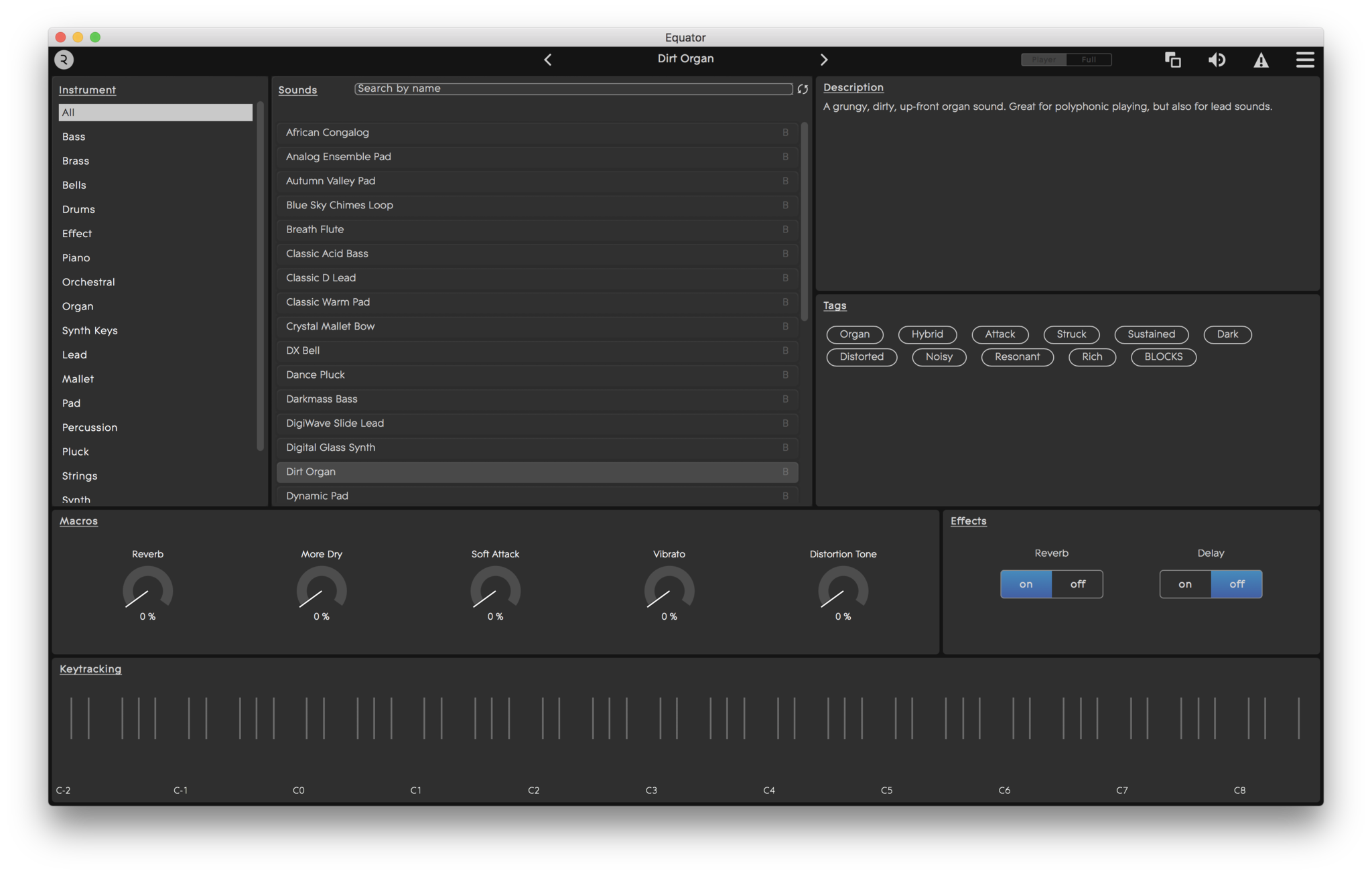
All in all, ROLI gives you an impressive (if not expensive) suite of software to work with, and the fact that you can essentially be a one-man band with a smartphone and something no bigger than a tablet is astounding. You will, however, have to pay for more sounds, which, as a beginner with Blocks, I'm just not prepared to do.
I also tried out the Seaboard Block as a MIDI controller in GarageBand. It garnered mixed results. For some instruments, it worked great (piano, bass), while for others, some of the keys made no sound, despite activity being detected on screen.
Is it worth it? Yes, if…
If you're a piano player, amateur musician who like to mess with tons of sounds, or total pro, the Seaboard Block has something for you. I would, however, recommend getting at least two, since one octave definitely limits you. That being said, $600 is quite a bit to drop at once. Remember to think of this as a live performance device. When I first started messing around with it, I was looking for ways to record, but it's totally for the stage (though you can, of course, find ways to record).
The Seaboard Block is actually quite challenging to play at first. Accuracy plays a very important role, and there's a fairly steep learning curve, but I like that. It totally blends music being as electronic as possible with real skill and talent. Is it for everyone? No. Most folks would probably sooner go buy an electronic keyboard and go nuts with that — it'd be way easier.
But if you're willing to learn and figure out proper technique, as well as how your Seaboard Block can connect to its software, your phone, and other Blocks, then there is an endless sea (board) of sounds and expression waiting to be discovered.
Mick is a staff writer who's as frugal as they come, so he always does extensive research (much to the exhaustion of his wife) before making a purchase. If it's not worth the price, Mick ain't buying.
